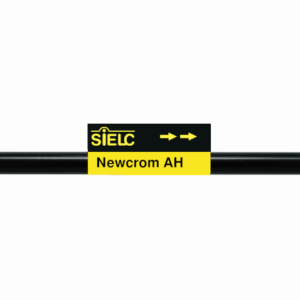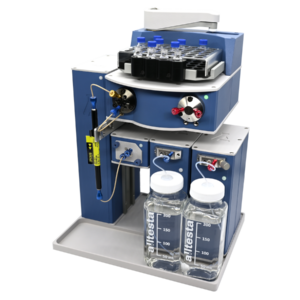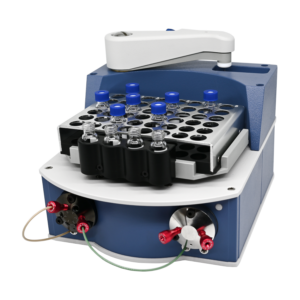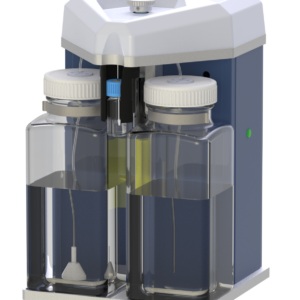HPLC Method for Analysis of Creatine, Creatinine on Newcrom AH by SIELC Technologies
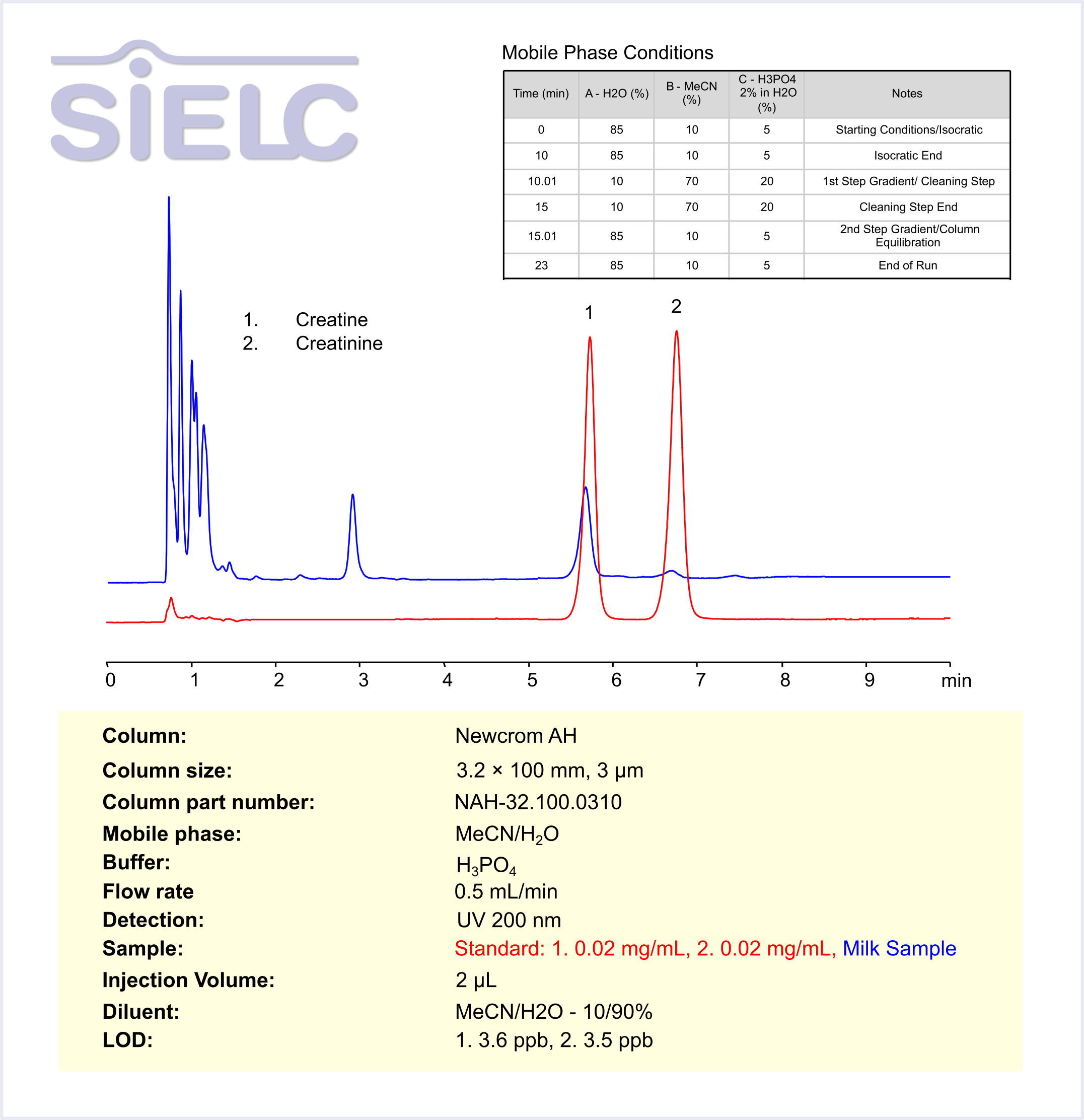
High Performance Liquid Chromatography (HPLC) Method for Analysis of Creatine, Creatinine
Creatine is a naturally occurring compound found in muscles and is used to produce energy during high-intensity exercise. It is synthesized in the body from amino acids and stored in muscles for quick energy release. Creatinine, on the other hand, is a waste product produced from the breakdown of creatine. It is filtered by the kidneys and excreted in urine. The measurement of creatinine levels in the blood and urine is commonly used to assess kidney function, as high levels may indicate impaired kidney function or other health issues. Creatine and creatinine are naturally occurring compounds found in milk, originating from muscle metabolism and dietary sources in lactating animals. While creatine contributes to energy metabolism, creatinine serves as a breakdown product and its levels in milk can be influenced by the animal’s physiological state and kidney function.
Creatine and Creatinine can be analyzed and separated using a Newcrom AH mixed-mode stationary phase column. The analysis utilizes a step gradient method with a simple mobile phase consisting of water, acetonitrile (MeCN), and phosphoric acid as a buffer. Detection is carried out using UV.
| Column | Newcrom AH, 3.2 x 100 mm, 3 µm, 100 A, dual ended |
| Mobile Phase | MeCN/H2O |
| Buffer | H3PO4 |
| Flow Rate | 0.5 ml/min |
| Detection | UV 200 nm |
| Sample | Standard: 1. 0.02 mg/mL, 2. 0.02 mg/mL. Milk Sample |
| Injection volume | 2 µl |
| LOD* | 1. 3.6 ppb, 2. 3.5 ppb |
| Class of Compounds | Amino Acid-Derived compounds |
| Analyzing Compounds | Creatine, Creatinine |
Application Column
Newcrom AH
Column Diameter: 3.2 mm
Column Length: 100 mm
Particle Size: 3 µm
Pore Size: 100 A
Column options: dual ended
Creatinine

